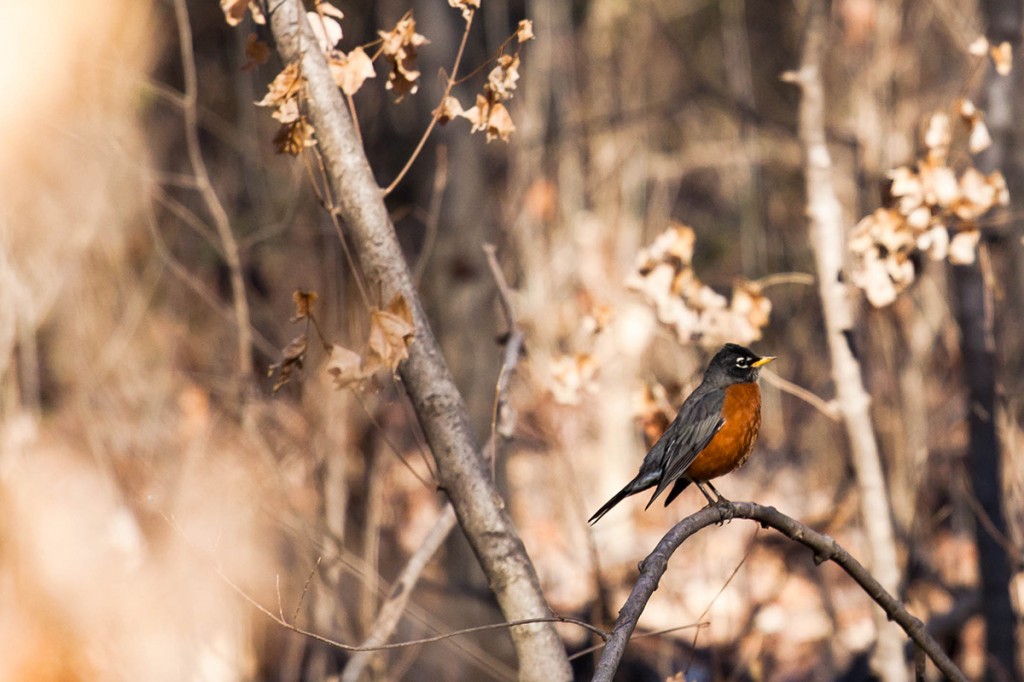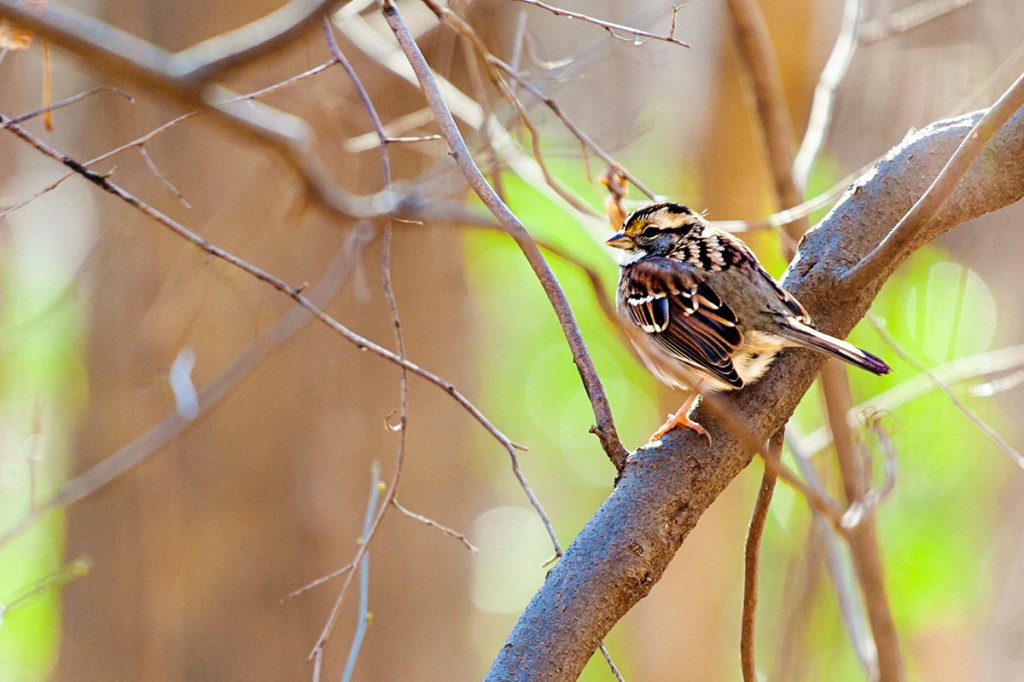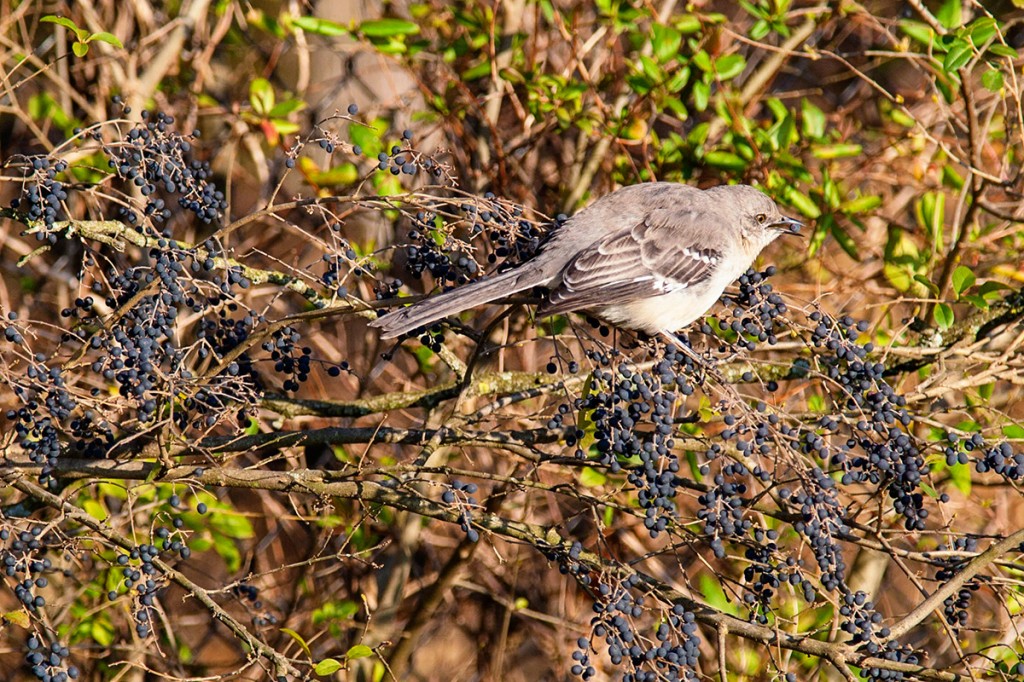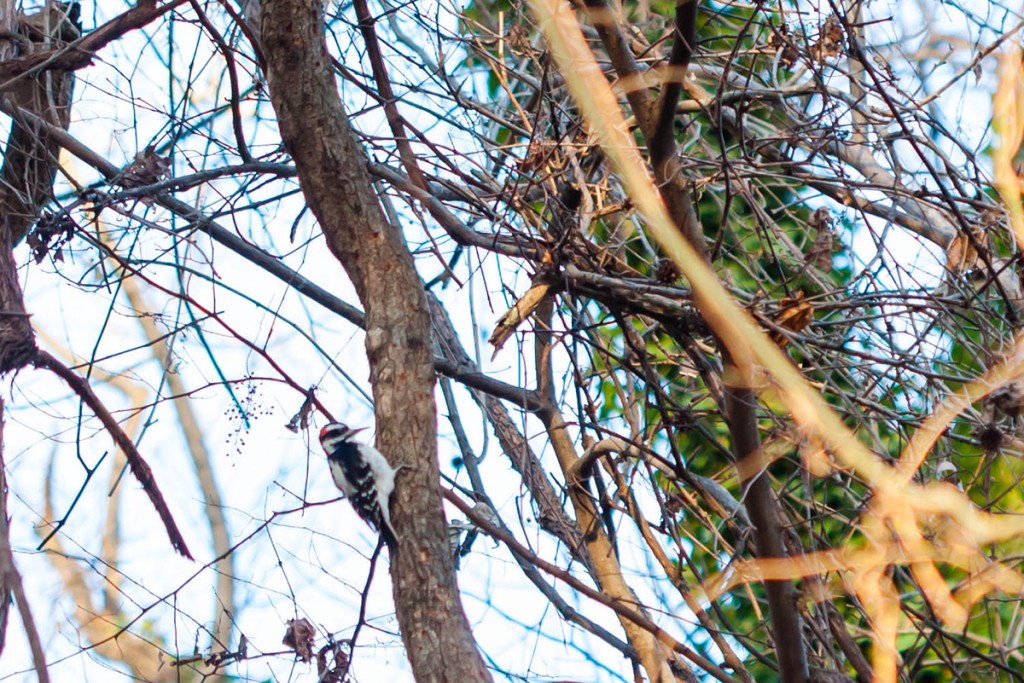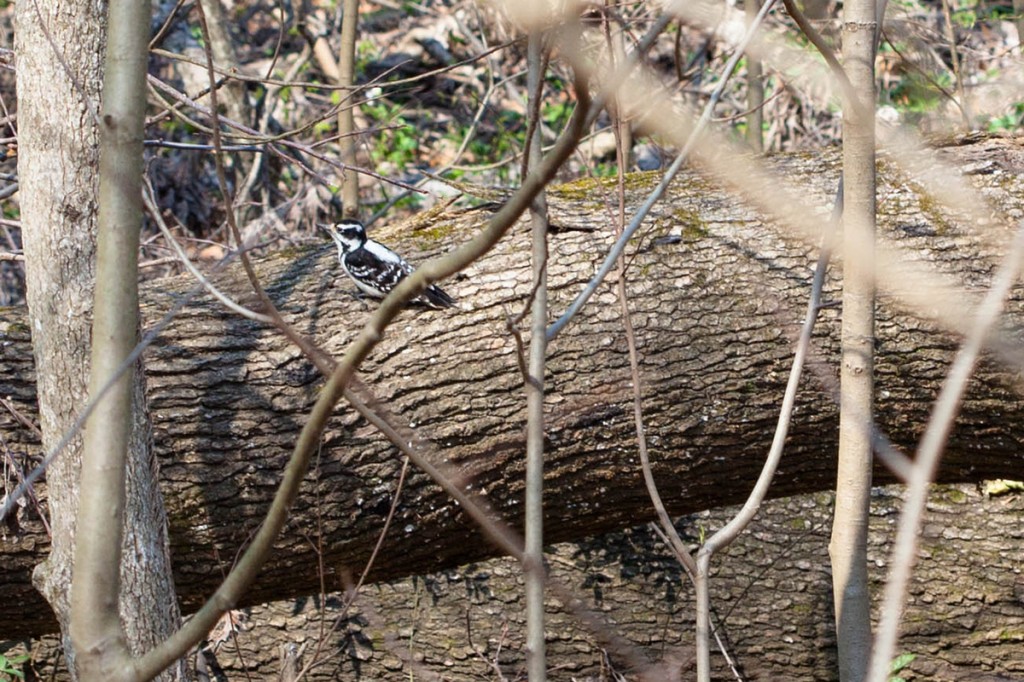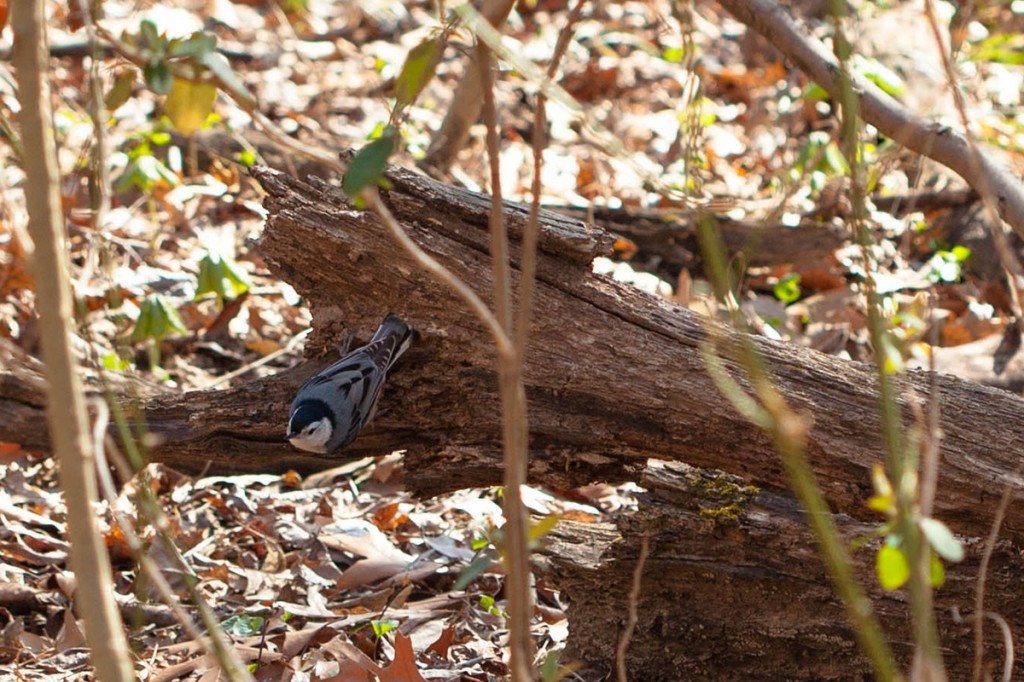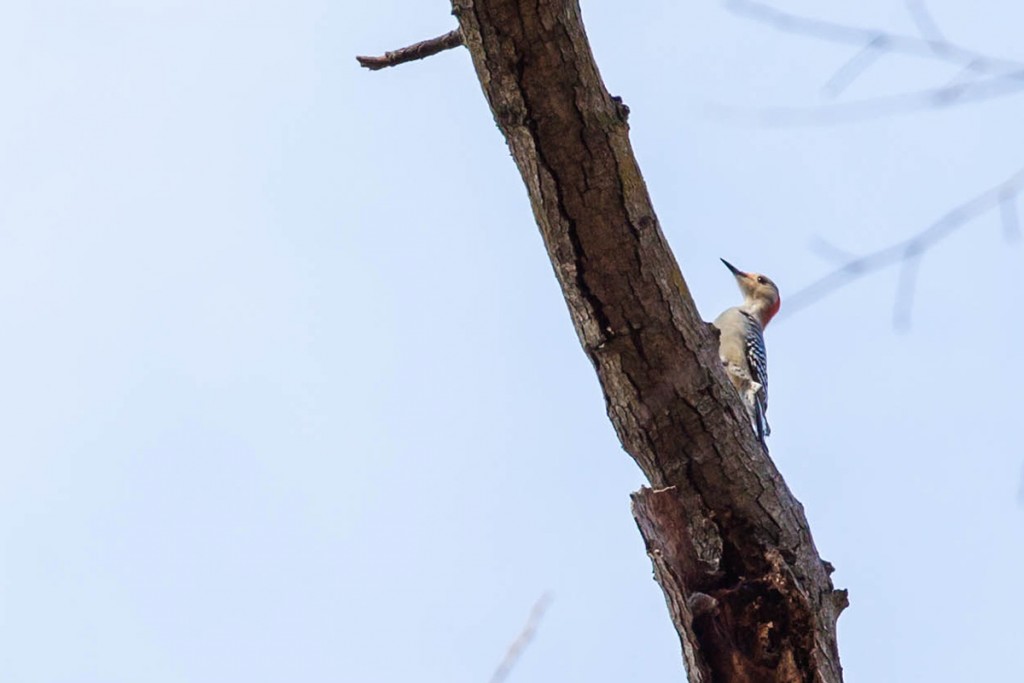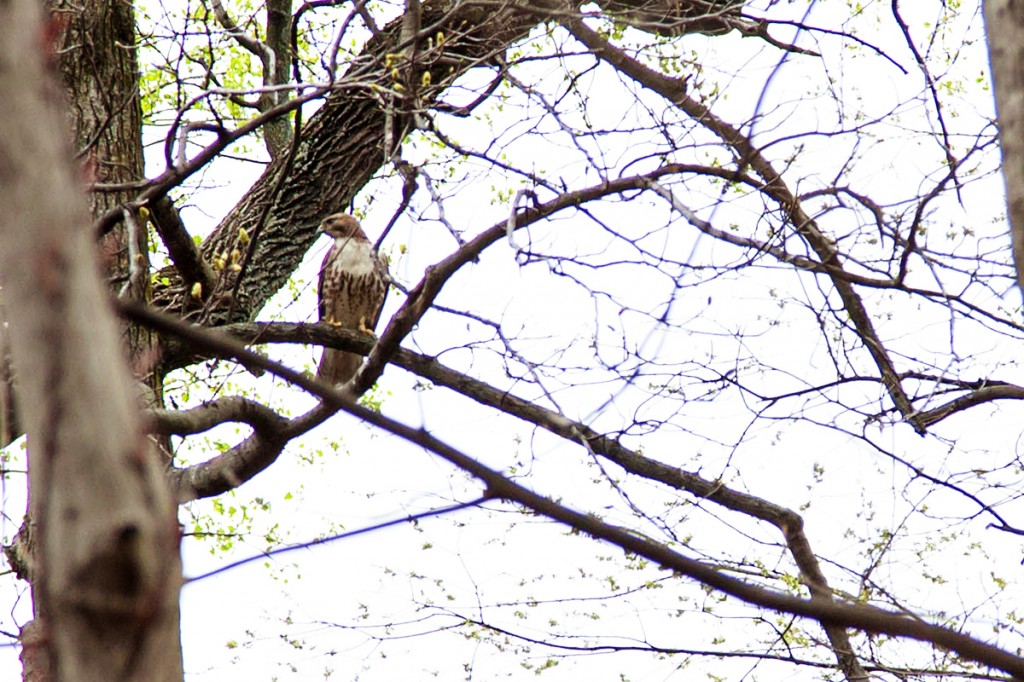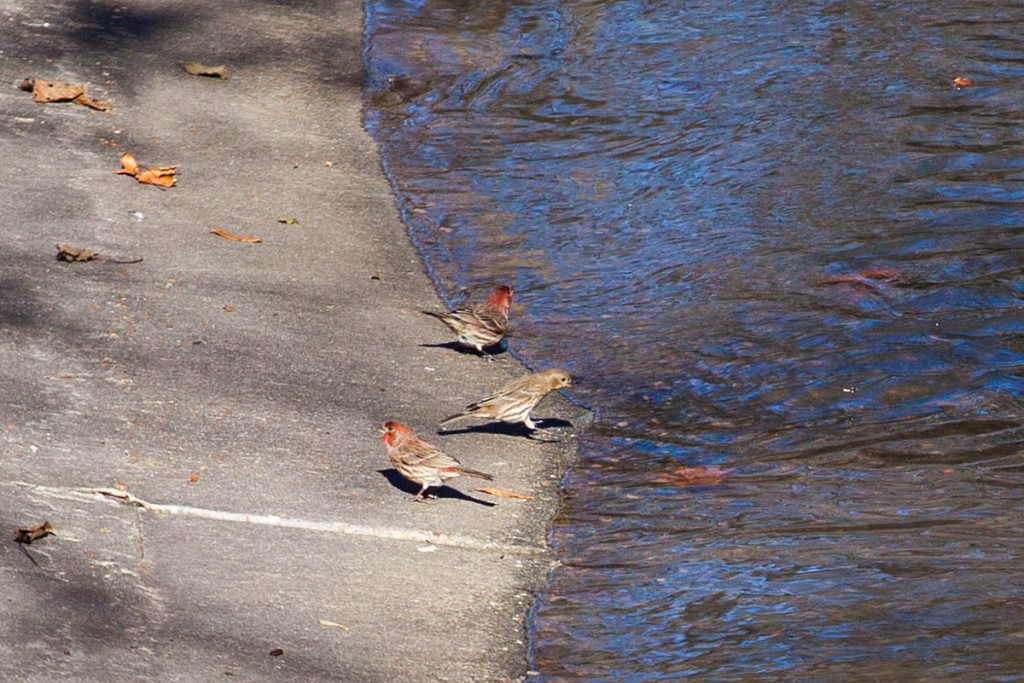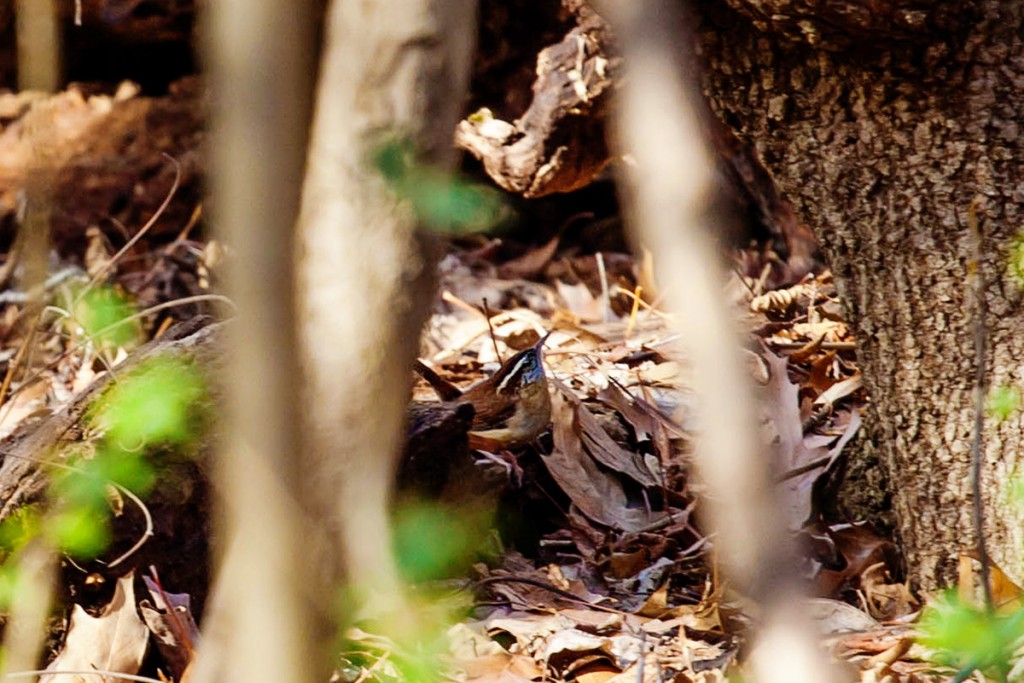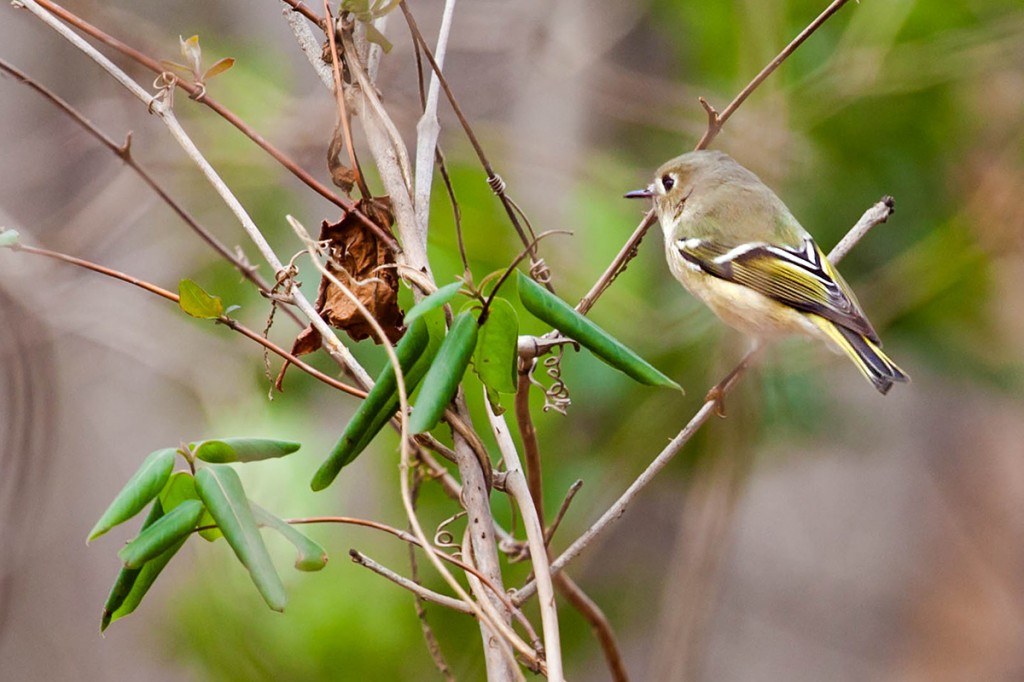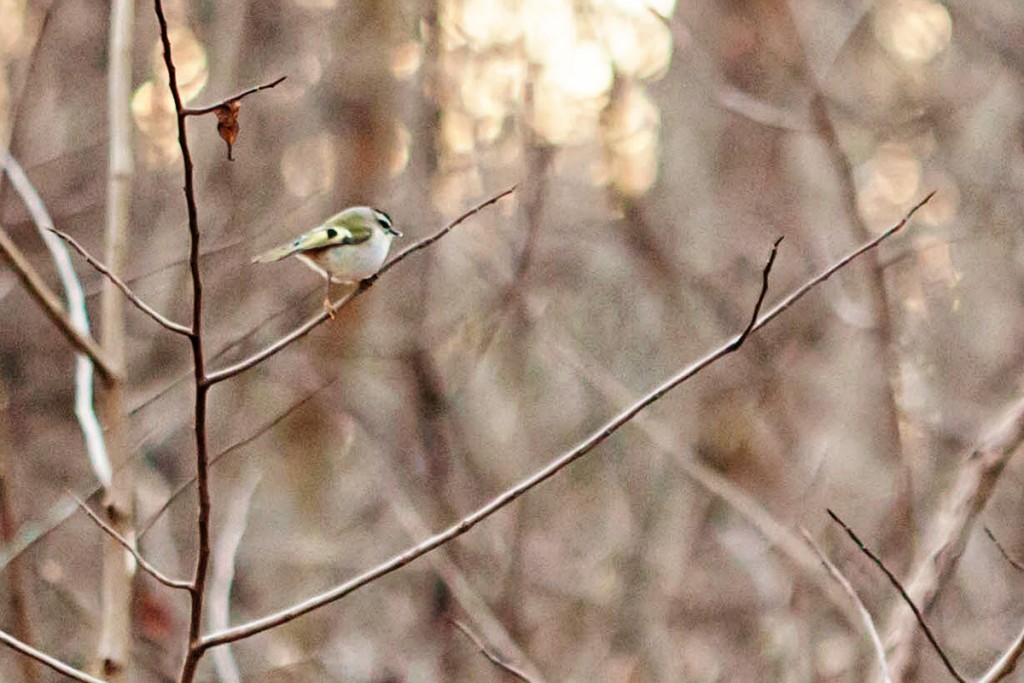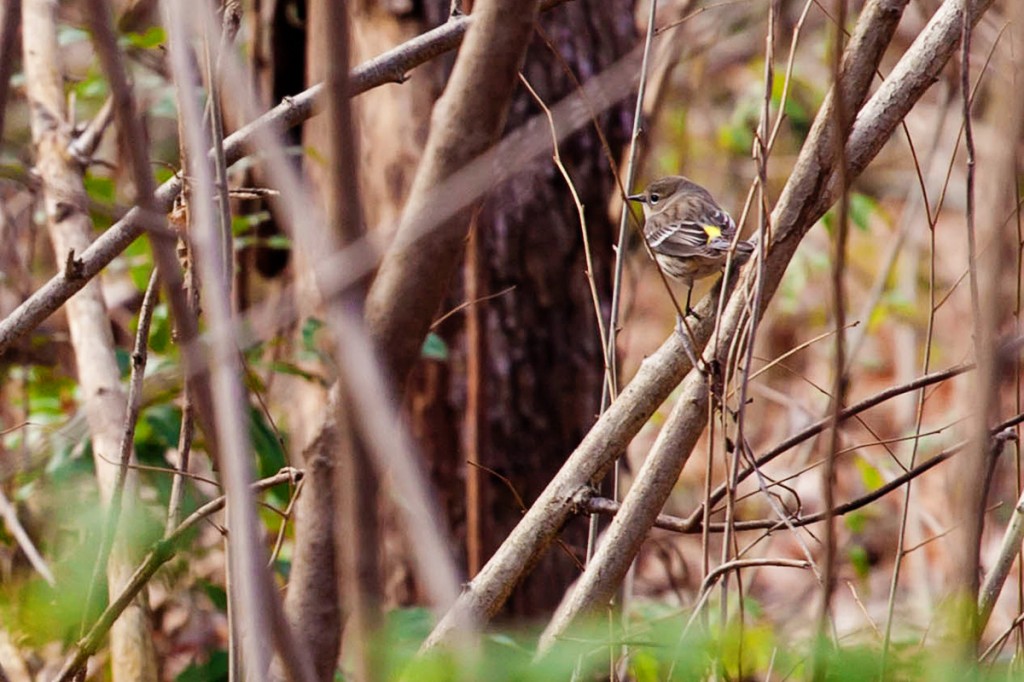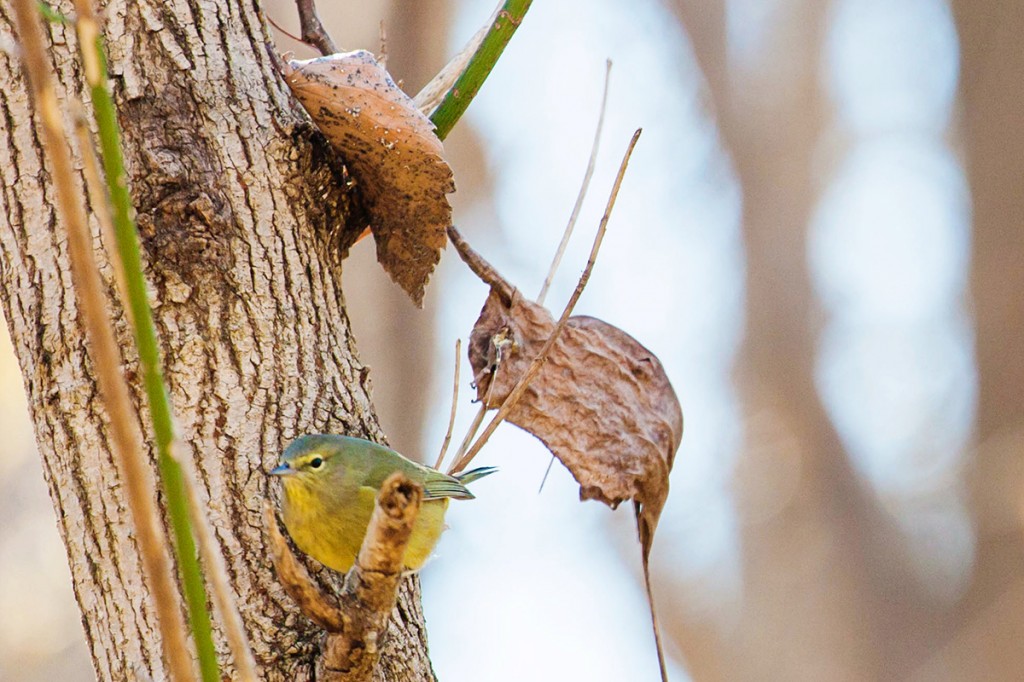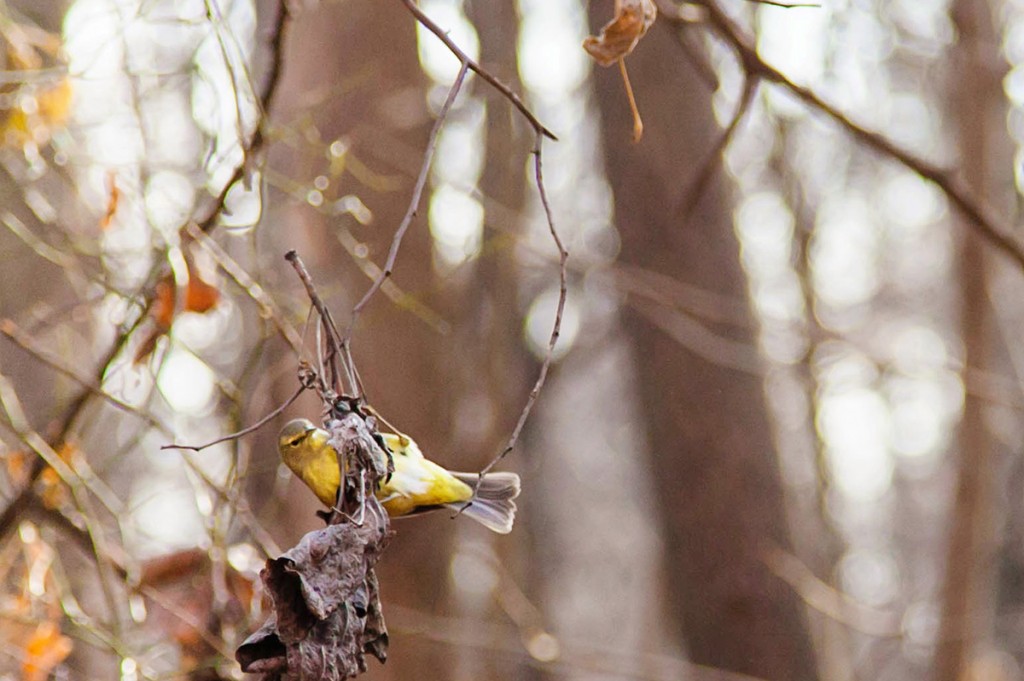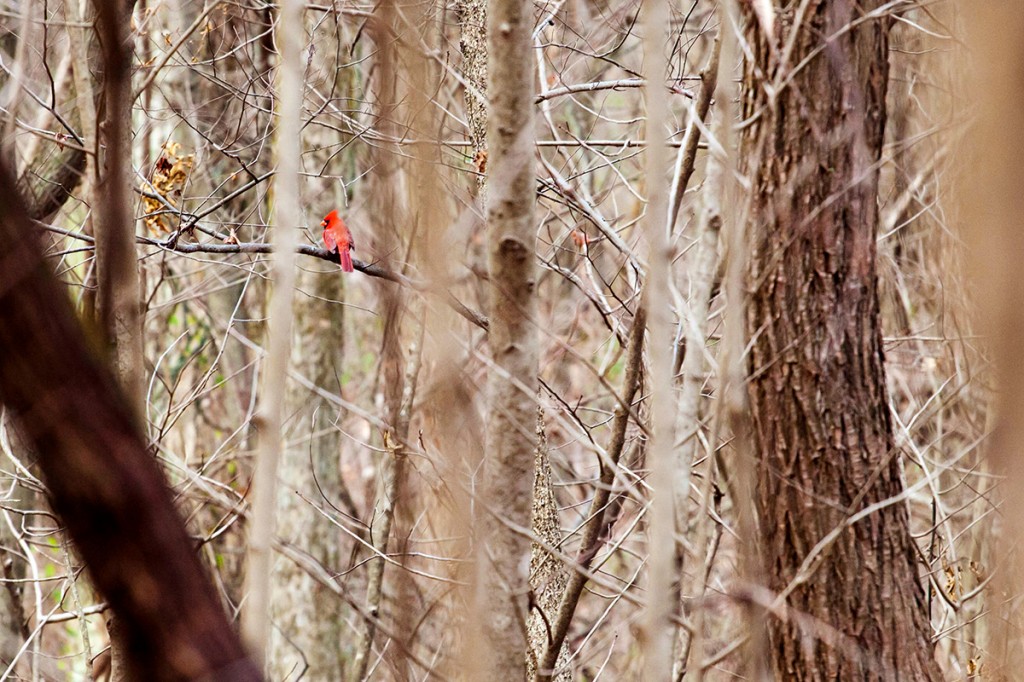Hidden Pictures (of Birds)
The Old Forest State Natural Area is a treasure in all four seasons, but winter marks a special time for anyone interested in bird-watching. Not only do the bare trees provide greater visibility, but winter migration makes it possible to see the occasional bird not local to our area.
Now…I’m not remotely a “birder.” I really enjoy watching them, but I’ve been so intensely focused on learning about insects over the last few years that I don’t know a shrike from a stilt. However, this time of year the flying insect population is pretty much limited to the ladybugs that invade our office en masse, so it’s a great opportunity to expand my bird knowledge.
With that in mind, here are some birds I’ve spotted in the Old Forest over the last month or two, identified with the help of the Stokes Field Guide to Birds. If anyone reading this spots an egregious error, please comment! And please excuse the often-subpar photo quality; my camera equipment is perfectly suited to getting up close and personal with dragonflies; not so much for snapping birds at long range. Click for (slightly) larger versions.
We’ll start with the bird I most commonly see in the woods–the American robin. I’m learning to distinguish between the sound of squirrels running around and the sound of robins turning over leaves to look for insects and worms. (Fun fact about robins: if they eat too many honeysuckle berries, they get tipsy!)
Another common forest resident is a bird you might also see in your yard–a white-throated sparrow. They have a distinctive and beautiful song, described as “Oh-sweet-Canada.”
You’re more likely to find a mockingbird on the exterior of the forest, like this one eating privet berries. I’d say it’s pretty well-fed.
Woodpeckers are abundant in the Old Forest right now. It’s easy to spot them once you’ve heard them drumming on trees. This one was a little too far away for me to distinguish whether it’s a hairy or downy woodpecker, but it’s a fairly small bird that makes a pretty big noise.
I’m fairly sure that this one is a hairy woodpecker, due to the black spur marking on its neck.
Another small but vocal bird is the white-breasted nuthatch. These birds get their name from their habit of jamming nuts into the bark of trees and then cracking them open with their bills to release the seeds inside.
I heard this red-bellied woodpecker before I saw it fly over my head and land high in a nearby tree. It was very aware that I was watching it, and continued to call down periodically as it circled the limbs of the trees.
Speaking of birds that were keenly aware of my presence…this red-tailed hawk didn’t pause for long.
These house finches (whose males have a blushing red coloration) were splashing around in Lick Creek.
This Carolina wren gives this blog post its name. I’m shooting most of these with a 200mm lens, where serious bird photographers often go 300mm or higher. What this means is that if I can’t get very close to a tiny bird like this one, I’m often hunting around for it in the frame when I download the pictures. This photo is highly cropped, so it’s slightly easier to spot it, but I spent longer than I care to admit trying to find the actual bird in this picture!
The hermit thrush has a flute-like song, and is often found at the edges of forest trails in the winter. You can distinguish it from other thrushes by its reddish tail (which it politely displayed for this photo).
Ruby-crowned kinglets are a lot of fun to watch. They flutter and hover constantly as they look for insects and small seeds. They are tiny, frantic little creatures, and they often fly fairly low to the ground, so you can get a good look at them.
This next one is a bit of a stumper to me. I didn’t get very close, so the photo quality isn’t great, but I’m going to guess that it’s a golden-crowned kinglet. It behaved very similarly to the ruby-crowned kinglet, hopping from tree to tree. These birds normally hang out higher in trees than their ruby-crowned cousins, so if I’m correct in my ID, I feel glad to have seen it at all.
I’ve probably had the most fun chasing the warblers this winter, though. Here’s the aptly named yellow-rumped warbler, which travels in large flocks and turns very bright in color after its spring molt.
Like the ruby-crowned kinglet, the orange-crowned warbler flits rapidly between perches looking for insects. I’m including two photos of this one since I happened to catch multiple angles (these are two different individuals, but I think they’re the same species).
And finally, you can’t go outside in Memphis in winter without seeing (and hearing) a cardinal or two. A close-up shot eludes me, but I liked the contrast of the bright red bird against the monochromatic trees in this shot.
I hope you’ve had some time to explore the Old Forest this winter, and that you’ll look for interesting birds as you walk the trails. If you’d like to learn more about birdwatching in Tennessee, visit the Tennessee Birding Group on Facebook or the Memphis Chapter of the Tennessee Ornithological Society.

